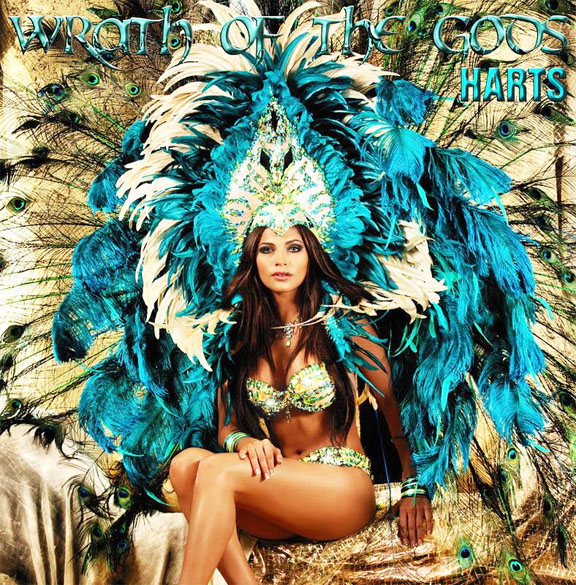The British Caribbean celebrates 50 years of nationhood in 2012. Although most of the territories did not become independent until the years between 1966 and the 1970s, the age of ‘the Caribbean Nation’ is defined by the year 1962 when the first two islands gained Independence.
Trinidad and Tobago is at the peak of their celebrations this weekend, having become 50 last Friday, August 31. They are the second of the two countries referred to above, following Jamaica which led the island chain by breaking away from the British West Indian Federation and becoming independent on August 6, 1962. Like Jamaica, Trinidad celebrated with a carnival of events leading up to Independence Day, although in its case these will continue up until the end of the year.
Like Jamaica, also, Trinidad and Tobago can mark nationhood in much more than political status. They are a nation with a strong identity fortified by 50 years of cultural achievements. Their contribution to Caribbean cultures is an outstanding spectrum of cultural traditions, fuelled by the incandescent energy that created forms in literature, music, and other branches of the arts, like theatre, with a brand of Caribbean performance; forms of dance; indigenous acts; and a distinct identity in the folk and the popular cultures. Much of this store evolved in pre-Independence Trinidad, in the colourful post-Emancipation and colonial periods, but one can also measure the contemporary contributions of Trinidad and Tobago to the ‘Independent Caribbean’ since 1962.
Several of the important and influential artistic and cultural traditions in the Caribbean have their roots in pre-Independence Trinidad. In these the nation can celebrate social and cultural achievement, the shaping of its own national identity and its substantial contribution to the forming of the Caribbean and the outstanding achievements in the

